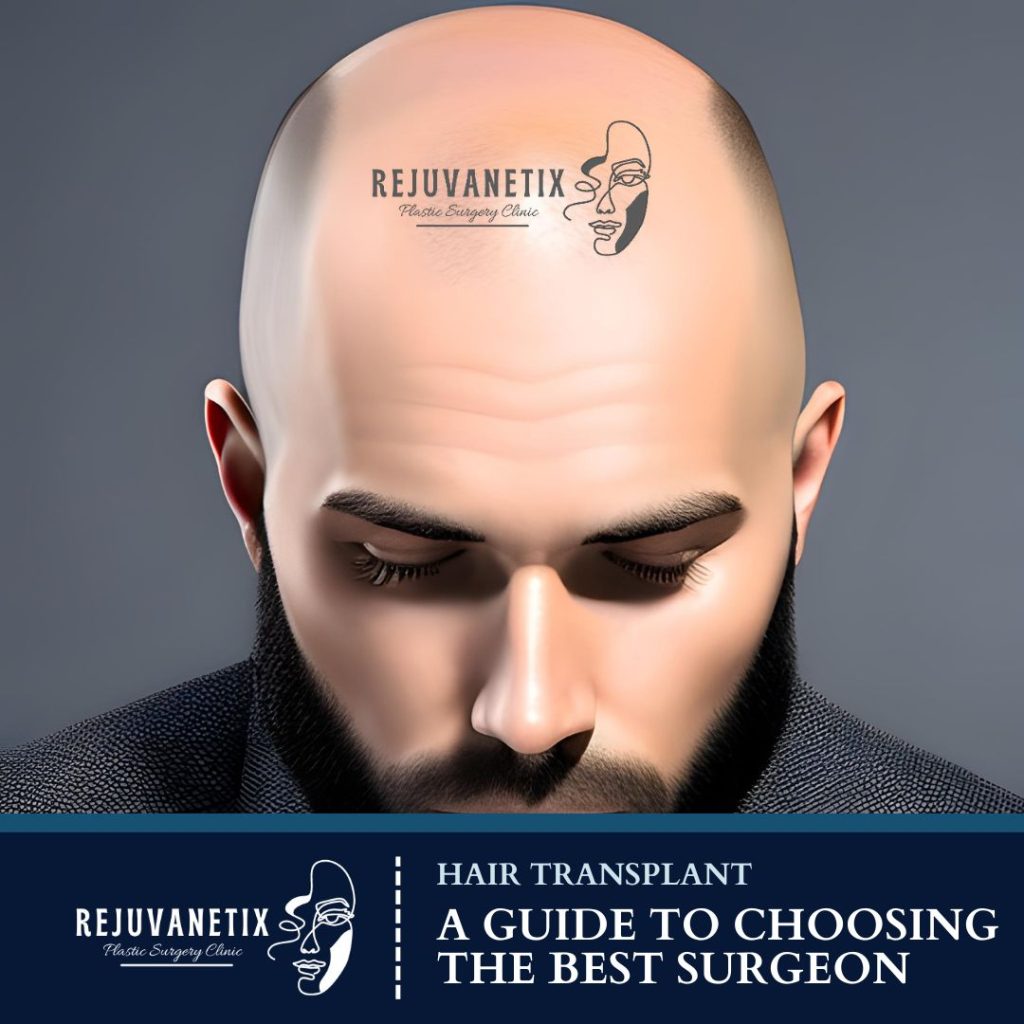PRP Hair Treatment: A Guide to the Procedure and Results
Introduction
PRP Hair Treatment: Hair loss is a prevalent issue affecting millions of individuals worldwide. However, amidst the numerous available treatments, platelet-rich plasma (PRP) therapy is gaining popularity as a safe and effective method for hair regrowth. Moreover, by harnessing the power of the patient’s own blood, PRP therapy stimulates hair follicles and encourages the growth of new hair. Consequently, individuals can experience positive outcomes and regain their confidence in combating hair loss.
Procedure Overview
Furthermore, PRP therapy is a minimally invasive procedure that utilizes the patient’s own blood to stimulate hair growth. The process involves extracting a small amount of blood from the patient, which is then spun in a centrifuge to separate the plasma from the rest of the blood. Subsequently, the plasma is injected into the scalp, where it releases growth factors that encourage hair growth.

PRP Hair Treatment: Benefits and Safety of PRP Therapy
PRP therapy has been demonstrated to be a safe and effective treatment for hair loss. It holds FDA approval and has shown promising results in clinical trials. Furthermore, PRP therapy is a relatively painless procedure with minimal downtime, allowing patients to resume their normal activities shortly after.
Working Mechanism of PRP Therapy
PRP therapy works by stimulating hair growth through the administration of growth factors found in the plasma. When the plasma is injected into the scalp, it activates the hair follicles, promoting the growth of new hair. Moreover, this therapy has proven effective for various types of hair loss conditions, including androgenic alopecia (male pattern baldness), female pattern baldness, telogen effluvium, and alopecia areata.
The PRP Therapy Procedure
PRP therapy is performed as an outpatient procedure in the doctor’s office. Typically lasting about an hour, the procedure involves the following steps.
Drawing a small amount of blood from the patient’s arm
Furthermore, Centrifuging the blood to separate the plasma
And then injecting the plasma into the scalp using a small needle.
Though patients may experience mild discomfort during the procedure, anesthesia is not required, and they can promptly resume their daily activities.
PRP Hair Treatment: Results and Treatment Timeline
But the results of PRP therapy may vary from person to person. While some individuals may observe improvements within a few months, others may require multiple treatments to achieve desired outcomes. Generally, most patients experience significant hair growth improvement after three to six treatments.
Recommendation for Visiting My Clinic
As a board-certified plastic surgeon specializing in hair loss treatment, Furthermore, I have been performing PRP therapy for over a decade, assisting numerous patients in regrowing their hair. Moreover, I am confident in my ability to help you achieve the desired results.
But if you are interested in learning more about PRP therapy, I encourage you to schedule a consultation with me. Moreover, during the consultation, we will thoroughly discuss your hair loss concerns, address any inquiries you may have, and create a personalized treatment plan that best suits your needs.
. . . . . . . . . . . . . . . . . . . . . . . . . . . . . . . . . . . .

